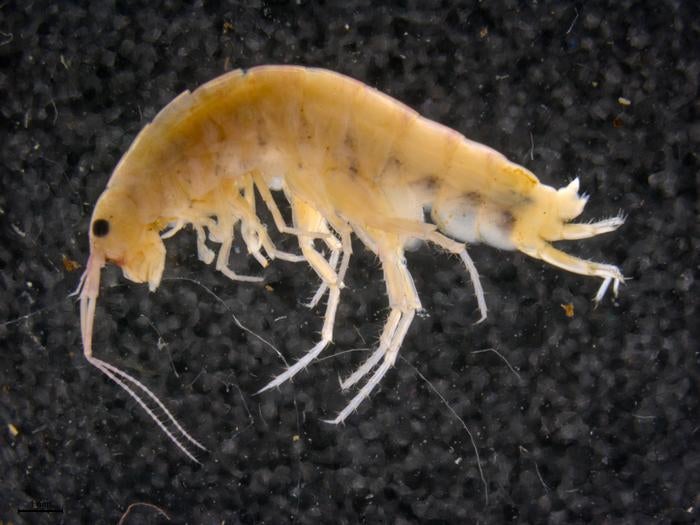Lost echidna: Egg-laying mammal named after David Attenborough rediscovered after decades
Iconic mammal has ‘spines of a hedgehog, snout of an anteater, and feet of a mole’
Your support helps us to tell the story
From reproductive rights to climate change to Big Tech, The Independent is on the ground when the story is developing. Whether it's investigating the financials of Elon Musk's pro-Trump PAC or producing our latest documentary, 'The A Word', which shines a light on the American women fighting for reproductive rights, we know how important it is to parse out the facts from the messaging.
At such a critical moment in US history, we need reporters on the ground. Your donation allows us to keep sending journalists to speak to both sides of the story.
The Independent is trusted by Americans across the entire political spectrum. And unlike many other quality news outlets, we choose not to lock Americans out of our reporting and analysis with paywalls. We believe quality journalism should be available to everyone, paid for by those who can afford it.
Your support makes all the difference.Attenborough’s long-beaked echidna, which was thought to be extinct, has stunned scientists after being filmed in a tropical forest in Indonesia for the first time.
The egg-laying mammal, named after broadcaster Sir David Attenborough, was last seen by scientists in 1961. It was spotted using camera traps set up in the Cyclops Mountains of Indonesia’s Papua province.
It belongs to a distinct group called monotremes that includes the platypus and is one of only five remaining species of such animals.
Echidnas are known to be difficult to find as they are nocturnal, live in burrows, and also tend to be very shy.
An international team of researchers, collaborating with local communities, deployed more than 80 camera traps to film the animal.
For nearly the entire four weeks researchers spent in the forest, their cameras recorded no sign of the echidna.
But on the last day – with the last images on the final memory card – they obtained their shots of the elusive animal, marking the first images taken of Attenborough’s echidna.
Mammalogist Kristofer Helgen, from the Australian Museum Research Institute, then confirmed the identification of the species that was thought lost.
“Attenborough’s long-beaked echidna has the spines of a hedgehog, the snout of an anteater, and the feet of a mole. Because of its hybrid appearance, it shares its name with a creature of Greek mythology that is half-human, half-serpent,” biologist James Kempton from the University of Oxford, who led the expedition, said in a statement.
“The reason it appears so unlike other mammals is because it is a member of the monotremes – an egg-laying group that separated from the rest of the mammal tree of life about 200 million years ago,” Dr Kempton said.

The team also discovered a range of remarkable new species, including beetles, spiders, scorpions, and a whole new genus of tree-dwelling shrimp, as well as Mayr’s honeyeater – a bird lost to science since 2008.
“We were quite shocked to discover this shrimp in the heart of the forest, because it is a remarkable departure from the typical seaside habitat for these animals,” said entomologist Leonidas-Romanos Davranoglou.
“We believe that the high level of rainfall in the Cyclops Mountains means the humidity is great enough for these creatures to live entirely on land,” Dr Davranoglou added.
Researchers also found a previously unknown cave system, despite the life-threatening conditions posed by extremely inhospitable terrain, venomous animals, blood-sucking leeches, malaria, earthquakes and exhausting heat in the region.

During the course of the project, Dr Davranoglou broke his arm in two places, a team member contracted malaria, and another had a leech attached to his eye for a day-and-a-half before it was finally removed, scientists said.
“Though some might describe the Cyclops as a ‘Green Hell’, I think the landscape is magical, at once enchanting and dangerous, like something out of a Tolkien book” Dr Kempton added.

Join our commenting forum
Join thought-provoking conversations, follow other Independent readers and see their replies
Comments